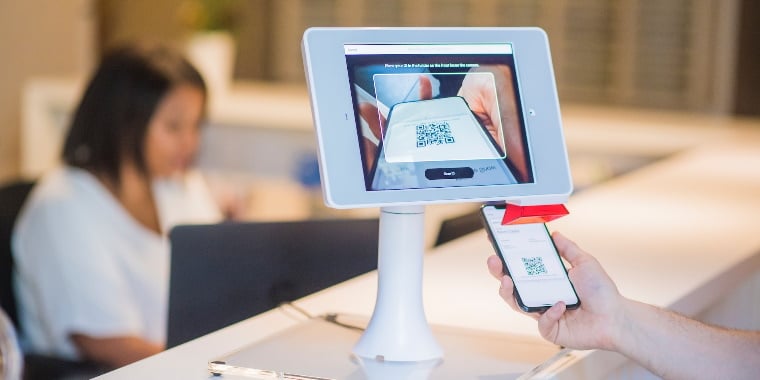
Starting from 30th June 2020, the QR-coded invoicing system will be in use in Switzerland. This will replace, after a transitional phase, the current invoicing system consisting of orange and pink policies (for a total of seven different types of invoices), with the aim of standardising the entire payment method.
The variety of standards, schemes, procedures and payment slips in Swiss payment transactions will soon be abolished in favour of standardisation. This will enable payment processes to be managed at a lower cost and integrated into the digital value-added chain. The reform, which has been renamed PaymentStandard.CH, aims to uniform and standardise the payment procedures, with numerous benefits for both issuers and recipients.
The formatting of these new invoices is very well defined and follows the ISO 20022 standard.
The invoice is divided into three parts: a receipt on the left, a QR code (with a small Swiss cross in the middle) in the centre and the information about the recipient, the payer and other items (including, if necessary, the Creditor Reference, which replaces the reference number) on the right side of the invoice.
QR invoices can be sent to the recipient in three ways:
In each of the three cases, the bill must follow the same rules.
To make payments, the QR code scan will be sufficient, allowing you to directly load all the pre-printed data into the web-banking and, through a parameterization, into the ERP / accounting system. This will allow, in theory, to avoid entering any data manually in the payment orders and in the accounting of the invoice payments. If, on the other hand, the issuer wishes or has to insert some elements by pen on the document, the same QR code will indicate this lack. Visually, a white rectangle with black corners will be used to define the usable space limit.
It will be possible to only enter pen data if the appropriate field is indicated at the time of printing/issuing the invoice. In this case, the information contained in them will be added manually in the payment order, entering the information visible in the part of the payment or in the receipt. In addition, real-time messages are displayed with the new standard in case of errors in the input of payments (both in terms of transfers and direct debits).
Users can thus make the required corrections directly, ensuring more efficient liquidity management. This option can be further enhanced by processing payments via a payment slip with same-day accounting.
Once the new system enters into force, an IBAN will be required to make a payment, which must be in the customer's hands before the system can be used.
There are 3 possible types of payment:
The Fidinam Group is able to support you in adapting to international payment standards ISO 20022 and in adapting your accounting software.
For further information, our consultants are at your disposal.
All content © . All Rights Reserved.